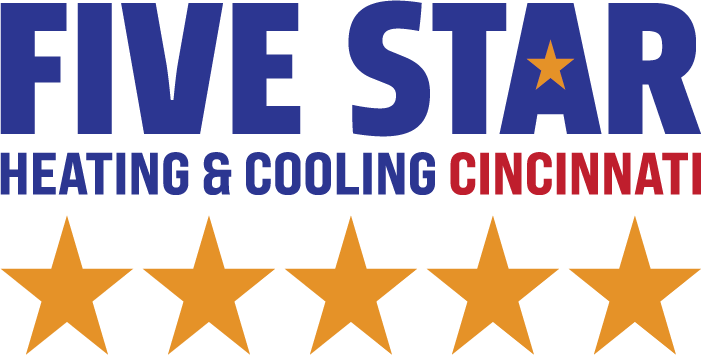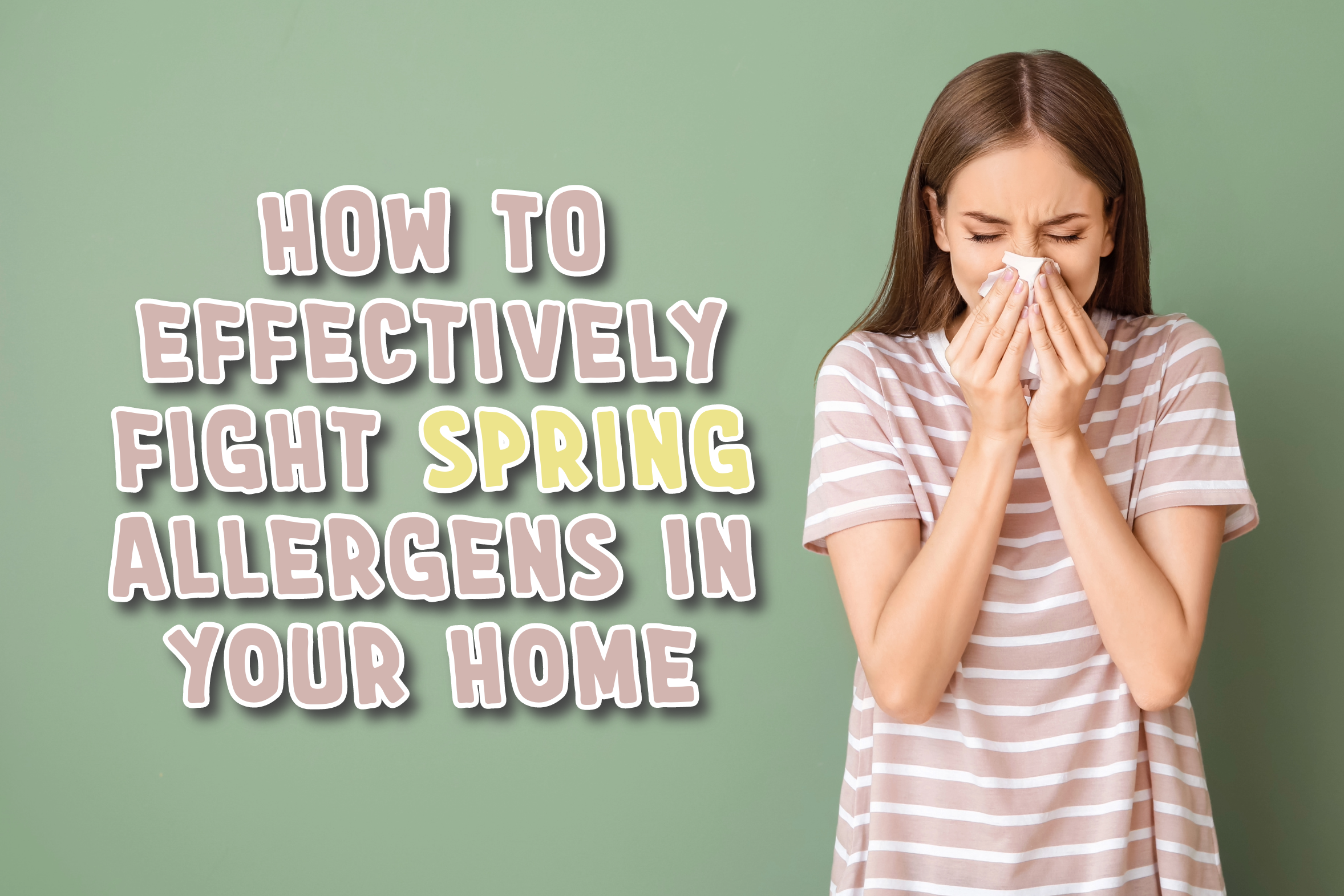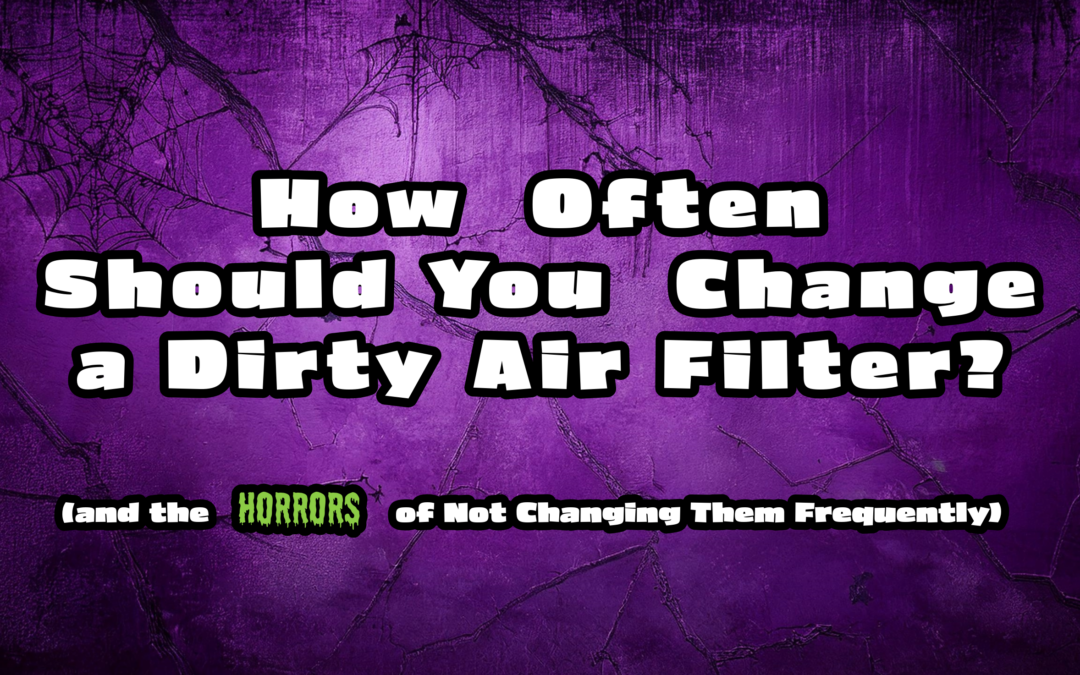For numerous residents of Ohio, the arrival of warmer days also marks the onset of the challenging allergy season. Situated in the heart of the Midwest, Ohio’s diverse climate and landscape contribute to a wide array of airborne irritants that can trigger hay fever and other unfortunate allergy-related symptoms.
If you find yourself constantly battling against these inconvenient allergens, please know that you are not alone! Many Ohioans experience the hardship of seasonally induced allergies. Today, let Five Star Heating & Cooling Cincinnati offer some valuable tips and tricks to help you safeguard your home and personal space against the notorious pollen, dust, and other triggers that can transform a beautiful Ohio spring into an unpleasant and sneezy ordeal.
Hay Fever:
Hay fever, scientifically referred to as allergic rhinitis, presents symptoms that resemble those of a common cold. However, these symptoms are not triggered by a virus but rather by an allergic reaction resulting from exposure to indoor or outdoor allergens. The following are the typical manifestations of this condition:
1. Runny and/or stuffy nose
2. Watery eyes
3. Itchy nose, mouth, or/and throat
4. Sneezing
5. Coughing and/or puffy and swollen eyelids
The Ohio Allergen Landscape:
Fun fact: March 19th marks the first day of spring in 2024!
Understanding the culprits is the initial step in defending against them. Ohio’s allergy season predominantly occurs in the spring and fall, owing to the mass pollination of ragweed, trees, and grasses. During these times, there can be a significant presence of airborne pollens. Furthermore, the state’s unique geography, including its lakes, rivers, and extensive farmlands, creates a combination of environmental factors that can exacerbate allergies. These range from mold spores in the damp Ohio River Valley to the dust and grime that the wind can disperse in flat farming countries.
Home Solutions:
To successfully address home allergens, it is essential to identify their hiding places. We will identify common areas, such as carpets and bedding, where allergens tend to flourish and discuss strategies to reduce their presence. Discover how simple adjustments in cleaning routines and home maintenance can have a significant impact.
It’s important to remember that while outdoor allergens like fields and forests are commonly associated with watery eyes and itchy throats, indoor allergens can be just as impactful. In fact, homes harbor a variety of allergens such as pet dander, dust mites, and mold, which can contribute to allergies not only to spring-induced but also to all year-round allergies. So, areas like your bedroom, living room, and kitchen are particularly susceptible to collecting these irritants.
To help reduce indoor triggers, here are some simple yet effective household tips to consider:
1. Showering: If your allergies are extreme, it’s a good idea to take a shower right after being outside for a while. Washing off any pollen or particles from your body as soon as possible can help reduce the chances of allergens getting tracked in and triggering you even more in your home.
2. Dusting: Establish and adhere to a weekly dusting schedule utilizing a damp cloth or a microfiber duster that effectively removes dust instead of just redistributing it. Make sure to address difficult-to-access areas such as ceiling fan blades and shelves.
3. Vacuuming: Utilize a vacuum cleaner equipped with a HEPA filter to effectively capture minuscule particles, ensuring a thorough cleaning of high-traffic areas at least twice a week. Additionally, it is important to not overlook the vacuuming of upholstered furniture for a comprehensive cleaning routine.
4. Curtains and Drapes: These areas can accumulate dust and dander, making them potential breeding grounds. You’ll want to make sure drapes are either washed or vacuumed every few months and allow sunlight to naturally eliminate dampness. If you have curtains that can be washed, those will need to be rotated on the regular washing schedule as well.
5. Bedding: Regular laundering of curtains, blankets, and bed sheets is essential for maintaining cleanliness and hygiene.
6. Air Filters: Ensuring a clean and efficient HVAC system is paramount in effectively managing indoor air quality (IAQ). High-efficiency air filters serve as the initial line of defense. It is important to follow recommended guidelines and change them regularly, typically every 30 to 60 days, particularly during periods of heavy usage.
Did you know that 1 in 5 people are affected by hay fever in their lifetime?
Professional Solutions:
Embracing modern technology can provide you with an opportunity to create an environment in your home that is virtually free from allergens. Professional services and smart devices can offer convenient and highly effective air purification solutions. Here are a few notable options to consider:
· Duct Cleaning – Duct cleanings provide effective solutions for reducing allergens by eliminating dust and other dormant contaminants within the home. Additionally, they prove beneficial in environments with high humidity levels. This is due to the circulation of mold spores throughout the air, which compromises indoor air quality (IAQ). By conducting a duct cleaning, you can effectively eliminate and prevent the dispersion of mold spores and other unwanted airborne contaminants. It is worth noting that professional duct cleaning is not required frequently, with a recommended interval of 3-5 years as a general guideline.
· The iWave – The iWave air purifier represents a sophisticated whole-home purification system that seamlessly integrates with your HVAC system. It employs a cutting-edge needle-point bi-polar ionization generator meticulously engineered to capture and eradicate allergens, pathogens, and pollutants from the air within your home. Furthermore, it effectively eliminates unpleasant odors, reduces dust accumulation, and fosters an overall healthier air quality. Additionally, it can contribute to the longevity of your HVAC system. With its low maintenance and noiseless operation, the iWave serves as an invaluable asset, working in tandem with your existing HVAC system to ensure optimal air purity in every room.
· A Whole-home Dehumidifier – Mold thrives in damp and warm environments, and the summers and river valleys of Ohio can provide the perfect conditions for its growth. A dehumidifier not only reduces moisture but also plays a significant role in improving air quality by maintaining low humidity levels. Moreover, a whole-home dehumidifier can now help eliminate musty odors as well. Considering an investment in a whole-home dehumidifier that can cover the square footage of your home’s most frequently occupied areas is a prudent choice when it comes to enhancing your home’s indoor air quality.
· A Smart Thermostat – Did you know that incorporating a smart thermostat can help enhance the indoor air quality (IAQ) in your home? Numerous smart thermostats can monitor humidity levels and alert you when attention is required. Additionally, a smart thermostat can provide notifications for timely HVAC air filter replacements. It serves as a valuable reminder amidst the busyness of everyday life.
If you are interested in incorporating any of these advantageous components into your home or if you would like to schedule a duct cleaning service, please do not hesitate to contact us. We would be delighted to assist you in your quest for improved indoor air quality within the comfort of your own home.
Ensure optimal indoor air quality and enjoy a breath of fresh air with these practical tips. Take charge of your indoor environment as we conclude our examination of home allergens. Our aim is to equip readers with knowledge and effective solutions. Keep in mind that a breathable, allergen-free home is attainable by understanding, identifying, and effectively combating these microscopic intruders.
Call Five Star Heating & Cooling Cincinnati today at (513) 216-5011, or schedule an appointment online now by clicking here!






